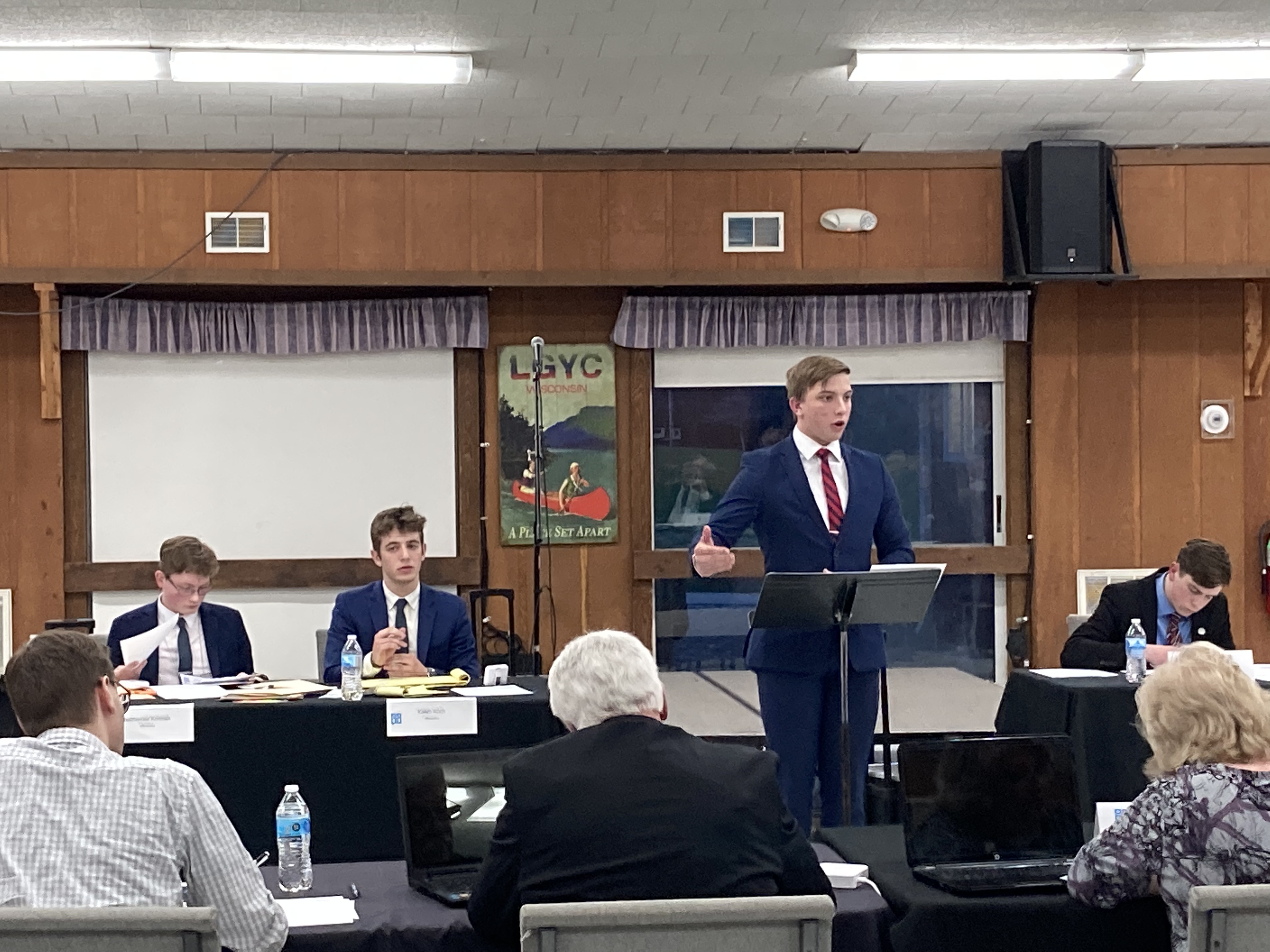
If I’ve seen it once, I’ve seen it a thousand times. The Affirmative has just concluded their first affirmative constructive, the first five and half minutes of which they spent describing the problems of the status quo in vivid detail.
Then the Negative gets up for their first speech and … spends six minutes refuting those problems, makes two quick and weak solvency points, and sits down.
As a member of the Affirmative in this above scenario, I’m ecstatic; as a judge, I’m distraught. In either scenario, I feel the Negative has just put themselves in a deep hole from which they might not escape. Allow me to explain why…
What is Always The Case
- The Affirmative’s Greatest Strength is Significance
95% of Affirmative cases fail because of solvency or disadvantages. Do you know why they don’t fail? Significance. There is always some problem in the current system that needs solving. It takes no great genius to look at the output of a given system and see that it’s not working. What does take skill is coming up with a successful plan to address the problem. There’s a reason why the problem exists in the first place — it’s difficult devising good policies. So naturally, the most manageable burden of proof for the Affirmative to achieve (excluding topicality) is significance. All they have to do is say, “look, there’s a problem!”
In addition, the Affirmative gets the first word; they get eight uninterrupted minutes with the judge, most of which they dedicate to describing “the problem.” In debate, time is everything, and a winning strategy for the Negative is to spend time on issues the Affirmative hasn’t already addressed in the 1AC. At the very least, you shouldn’t be spending most of your time on the stock issue any decent Affirmative will have locked up.
- The Issue the Affirmative Knows the Best is Significance
Significance is why an Affirmative is running their case — you can’t begin thinking about the policy before you know there is a reason for it. As a result, the Affirmative has done a ton of research on every little detail of “the problem.” Before they try to convince the judge there is a problem, they have confirmed it to themselves.
The Negative, therefore, will have a very tricky time surprising the Affirmative with a significance argument. Worse still, the Affirmative usually need not do more than point back to a piece of evidence they already read. Not everything argument needs to shock the Affirmative out of their chair, but if ⅔ of your first speech is a lob ball, you’re setting yourself up for failure.
What is Often The Case
- Most Significance Arguments Don’t Attack “The Problem” Head On
The Affirmative has the advantage of picking the battleground; they decide what the debate will be about. Consequently, they decide what “the problem” is. But too often, I see negatives who don’t seem to realize this. Instead of addressing the issue head-on, these teams will present what I like to call “side-issue significance arguments,” arguments that don’t get at the heart of the Affirmative case. The Affirmative might be running a case that helps few people but helps them drastically and essentially. The Negative might be wise to argue about the number of people (the quantity), but they would be amiss if they didn’t also address the severity of the problem (the quality). There are many other examples of this, but I would need another blog post to go in-depth. Either way, the Affirmative doesn’t need to spend a proportionate amount of time addressing side issues to the amount of time you spend making them. In addition, an insightful judge will perceive what you are doing and assume you don’t understand what you are refuting, thereby decreasing your credibility. In addition to the addition, many of these arguments don’t make their way to the final speeches. As a result, arguments you fiercely defended for a couple of speeches disappear into the mist by the end.
How to fix: Before making a significance argument, ask yourself: What is the Affirmative trying to fix? Be very specific in how you think about this. Then tailor your significance arguments to address this problem.
- Most Significance Arguments are Dull and Uninspiring
This is because the stock issue of significance is rather dull and uninspiring. Imagine it from the judge’s perspective. The Affirmative presents an exciting problem with the status quo, giving them a chance to fix it. The Negative could argue about solvency, discussing the actual policy or the disadvantages, a hypothetical future where you passed the plan. But instead, they argue predominately about whether what’s clearly a problem in your mind is actually a problem at all. It’s boring and an insult to your intelligence.
Conclusion
None of this suggests that we should ban significance or that there aren’t legitimate instances where the Negative needs significance. I am saying that significance is a tool used too often in places where it isn’t needed and is more than useless. If a blank space is better than a particular argument, you shouldn’t employ that argument — so don’t.
Addendum
A note to Affirmative teams: If you get a round where the Negative uses a strategy similar to the one I described, don’t spend all of your 2AC arguing against them. Take the time the Negative spends on significance and divide it in half. That’s about how much time you should spend refuting it.
–
Brendan McDonald is a Lasting Impact! Coach. He would love to assist you on your journey of Debate, whether it’s building your case and arguments or assisting you and your development as a speaker. Contact Lasting Impact! and set up a coaching session today!